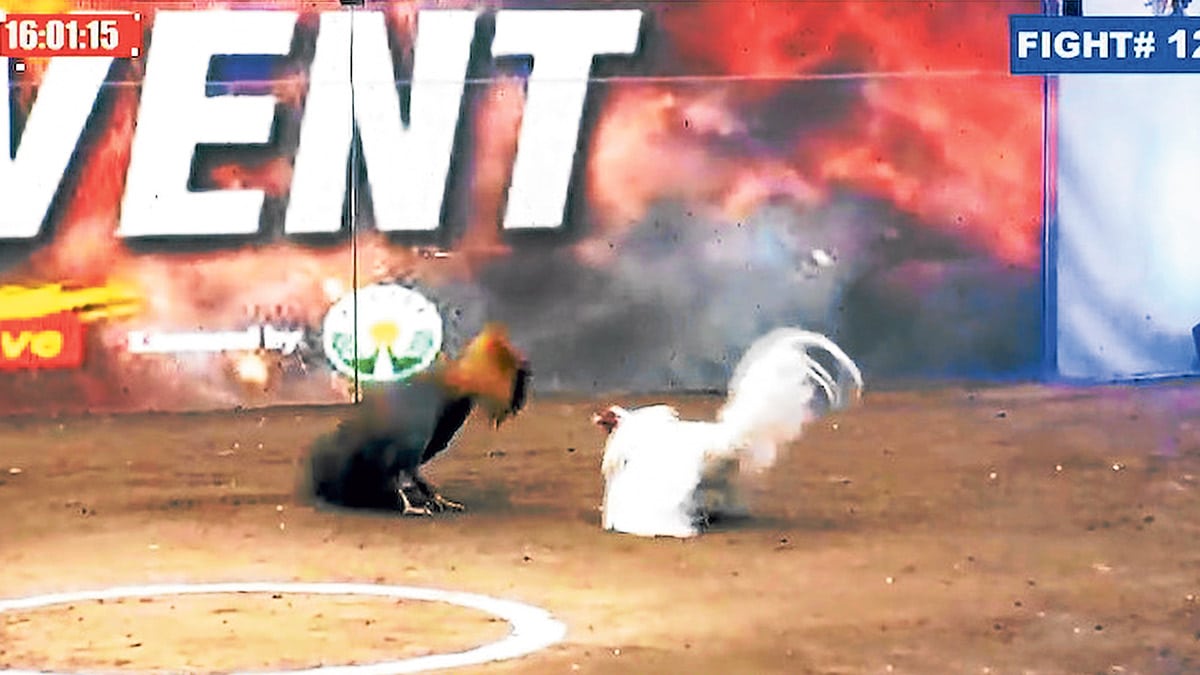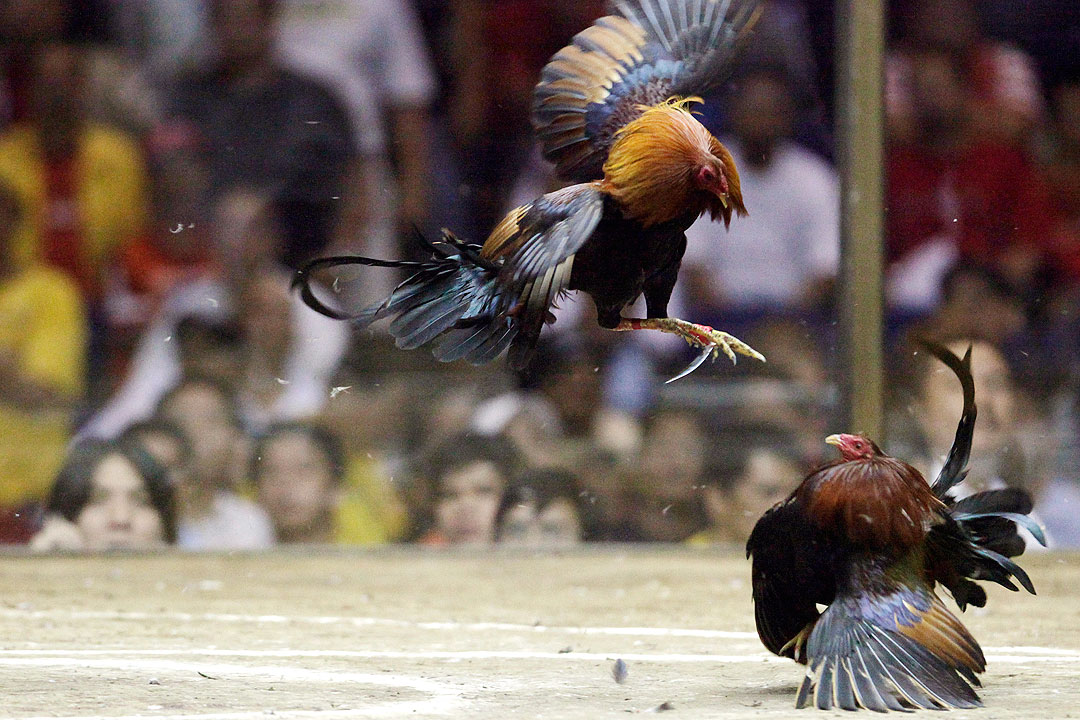How a Sabong Grandmaster Attains Unmatched Success in the Ring
Tricks of the Sabong Grandmaster: Mastering the Art of Cockfighting
The intricate globe of cockfighting, particularly as practiced by the Sabong Grandmaster, offers an interesting research in the convergence of pet behavior, training techniques, and affordable method. To truly grasp the subtleties of this art form, one need to check out how the Grandmaster harmonizes the psychological and physical aspects of rooster training while navigating the moral considerations inherent in this typical method. What are the pivotal insights that divide the phenomenal from the common in this world? Understanding this can redefine one's point of view on the sporting activity and its specialists.
Background of Cockfighting

As the centuries progressed, cockfighting spread across various continents, adjusting to regional personalizeds and social characteristics. In middle ages Europe, it gained popularity among the nobility, who concerned it as a display of wide range and condition. By the 17th century, the sport had developed itself in England, resulting in the formation of formalized rules and guidelines.
In the Americas, particularly in the Caribbean and the Philippines, cockfighting tackled unique qualities affected by early american histories and native methods. Today, while the sport continues to be debatable and faces lawful challenges in many areas, its historical value continues to spark conversations regarding animal legal rights, social heritage, and societal values. The development of cockfighting mirrors broader styles of human interaction with nature and the complexities of practice.
Comprehending Fowl Habits
Recognizing rooster actions is necessary for those associated with the sporting activity of cockfighting, as it directly affects training, performance, and health. Roosters display a variety of actions that can suggest their physical and emotional states. Notably, aggression, territoriality, and social power structure play significant roles in their disposition.
Aggression is a natural instinct in roosters, mostly driven by the requirement to insist supremacy. Observing communications among roosters can expose their pecking order, which is vital for managing their environment. A confident fowl presents an extra assertive stance, while a passive one may reveal signs of anxiety or concern, such as crouching or avoiding eye get in touch with.

Training Techniques for Champions
Reliable training methods are crucial for establishing champ fowls that master the competitive arena of cockfighting. An organized technique ensures that each bird reaches its complete potential, integrating physical fitness with mental fortitude.
To begin, developing a consistent training regimen is necessary - Sabong Grandmaster. This includes daily exercises that boost stamina, agility, and endurance. Regimens may involve controlled sparring sessions with both man-made and online opponents to imitate competition, allowing fowls to refine their combating skills in a safe environment
Integrating dexterity drills, such as barrier programs and jumping exercises, dramatically improves a rooster's physical abilities. Additionally, presenting different surface areas and terrains can boost their adaptability throughout fights.
Psychological training ought to not be overlooked. Acquainting the birds with the noises and views of a competitive setting can reduce stress and anxiety on fight day. Additionally, favorable reinforcement strategies, such as fulfilling desirable habits, can impart confidence in the fowls.
Last but not least, keeping a calmness and assertive presence during training sessions fosters trust between the fowl and the handler, essential for attaining optimal efficiency. Together, these techniques form a detailed training regimen that cultivates champions prepared to master the field.
Health and Nutrition Essentials

Integrating a mix of barley, wheat, and corn supplies necessary carbohydrates, advice while protein sources such as fish meal, soybean meal, or bugs sustain muscular tissue growth and recuperation. Additionally, incorporating fresh fruits and vegetables can boost the general dietary account, providing antioxidants that improve the body immune system.
Hydration is similarly crucial. Accessibility to tidy, fresh water must be a priority, as dehydration can significantly affect performance (Sabong Grandmaster). Routine health check-ups are important to keep track of for any potential illnesses or parasites that can endanger a rooster's condition
Furthermore, the timing of feed is crucial. Giving nourishment at appropriate intervals ensures that fowls keep power levels throughout their training and recovery stages. By concentrating on these wellness and nourishment essentials, sabong enthusiasts can aid their fowls achieve optimum performance in the affordable field.
Methods for Successful Suits
Success in cockfighting rest on a mix of calculated preparation and in-ring tactics. Reliable match strategies start long prior to the fight, with mindful choice of the fowl. Dog breeders ought to focus on genetic characteristics such click this link as hostility, strength, and endurance, making sure that the chosen bird shows a strong family tree of performance.
Training is critical; roosters need to be conditioned with a program that includes workout, competing with other birds, and direct exposure to various atmospheres. This prep work not only constructs strength however additionally improves the bird's flexibility to different challengers.
During the match, a trainer has to employ eager monitoring and quick decision-making. Recognizing the opponent's techniques enables timely changes, such as shifting the rooster's position or encouraging much more hostile actions. Timing is vital; recognizing when to limit the bird or urge can mean the distinction between victory and defeat.
Lastly, maintaining a calm attitude during matches fosters confidence in the rooster. A balanced method, integrating both psychological and physical readiness, inevitably brings about effective end results in the sector, demonstrating that proficiency in cockfighting is as much concerning strategy as it has to do with the birds themselves.
Conclusion
The great site mastery of cockfighting, as exhibited by the Sabong Grandmaster, rests on a thorough understanding of fowl habits, efficient training methods, and ideal health and nutrition. By integrating traditional techniques with modern-day techniques, champs are grown, showcasing exceptional toughness, dexterity, and durability. Strategic insights during matches further enhance the chance of success. Inevitably, the tricks of the Sabong Grandmaster lie in the unified equilibrium of these components, making certain the proceeded legacy of this old sporting activity.
To really grasp the subtleties of this art form, one have to check out how the Grandmaster integrates the psychological and physical elements of fowl training while navigating the ethical considerations inherent in this standard technique.Comprehending rooster actions is important for those involved in the sport of cockfighting, as it straight influences performance, wellness, and training.Maintaining optimum health and wellness and nourishment is vital for guaranteeing that roosters get to peak performance in the cockfighting sector. Supplying nourishment at proper periods ensures that fowls preserve power levels throughout their training and recuperation stages.The proficiency of cockfighting, as exhibited by the Sabong Grandmaster, hinges on a detailed understanding of fowl behavior, effective training techniques, and ideal wellness and nutrition.